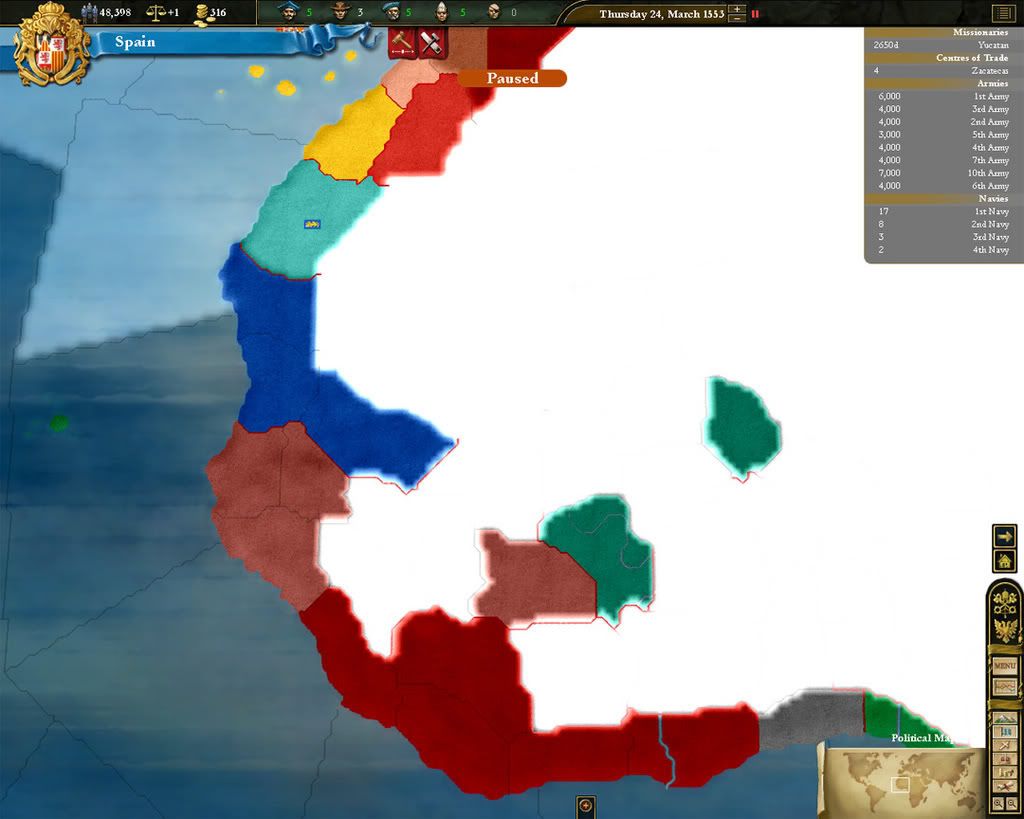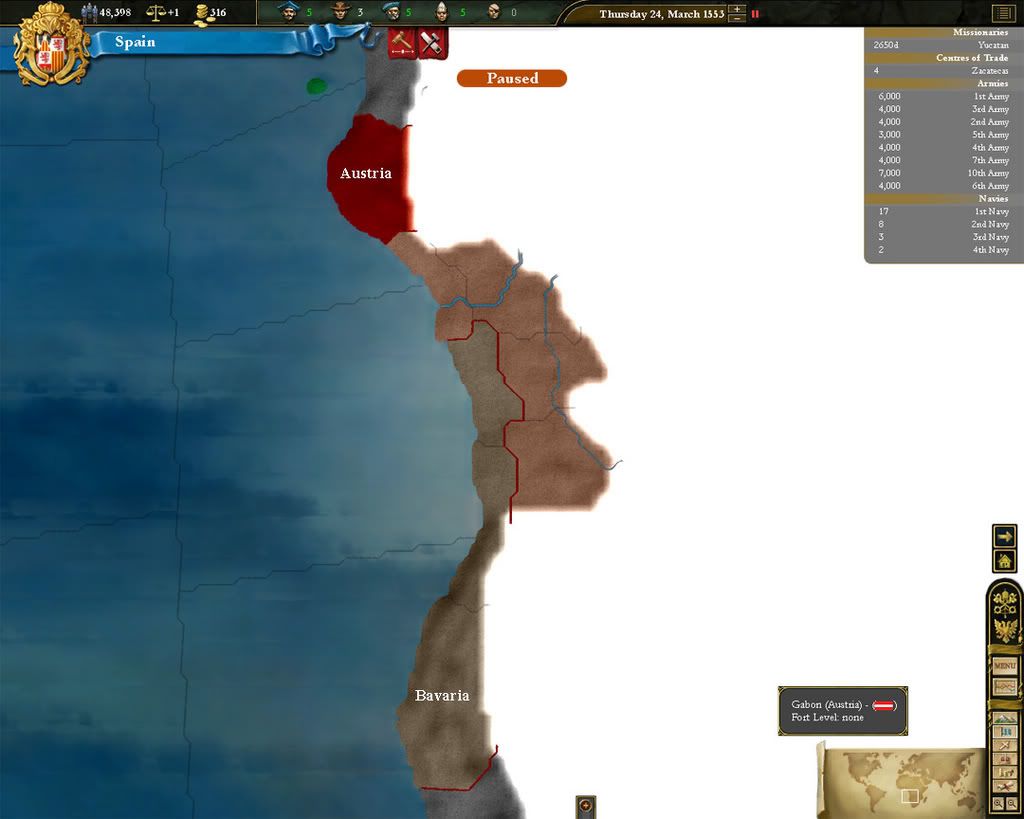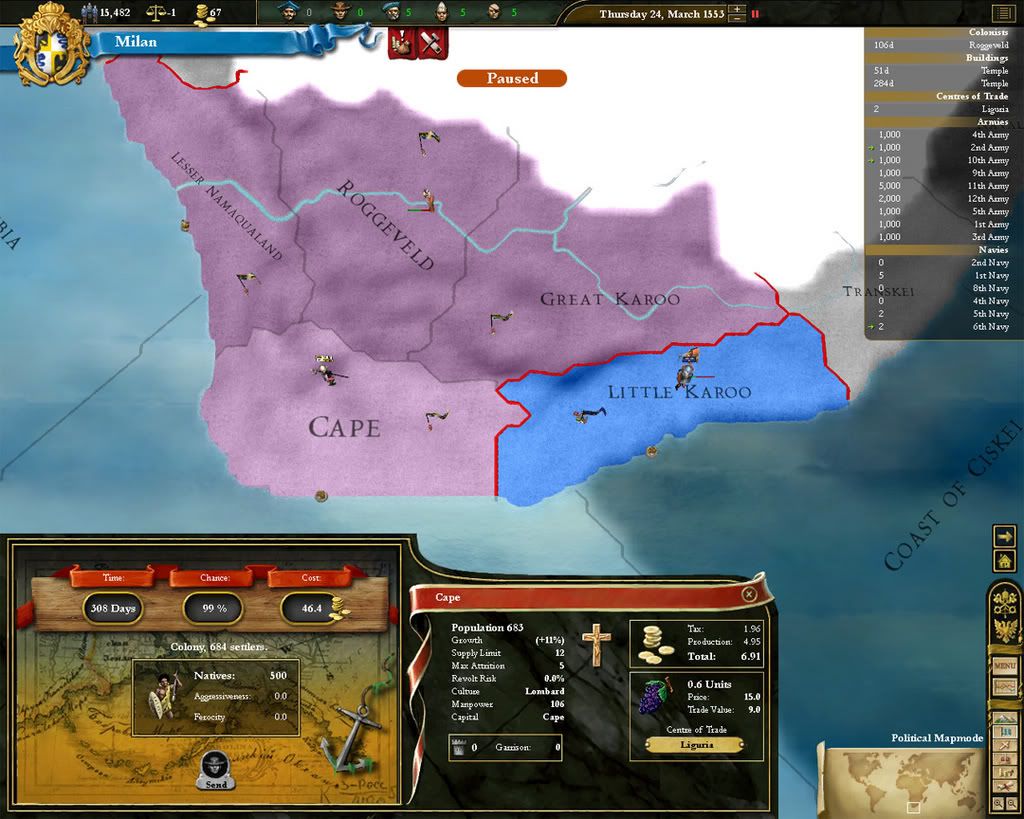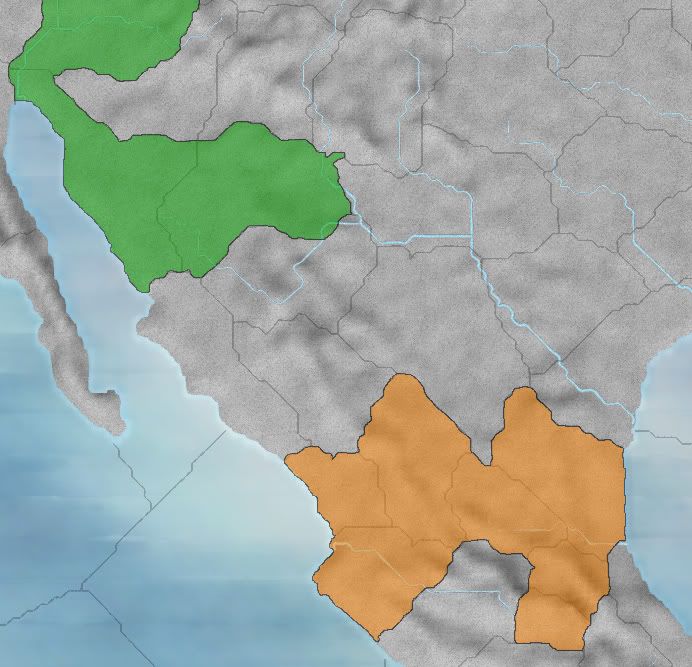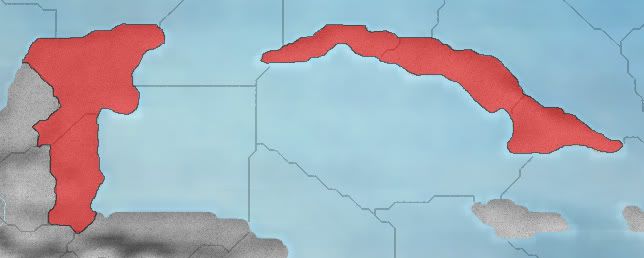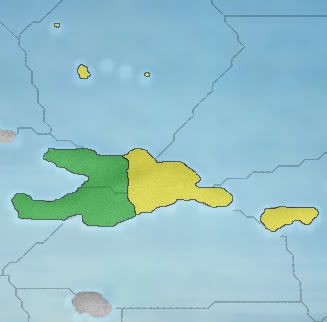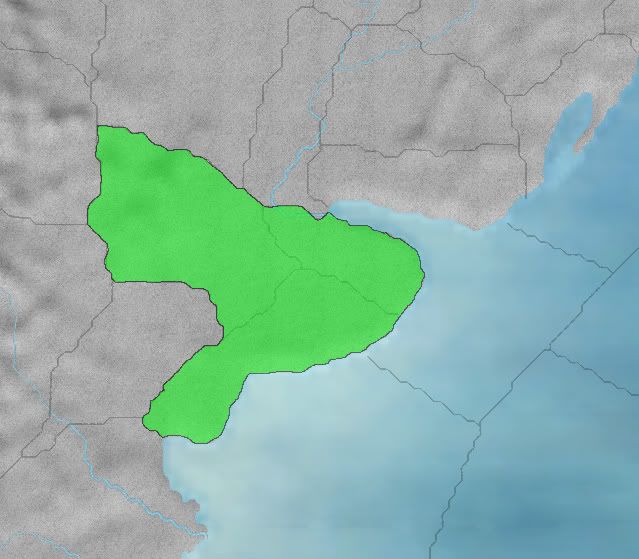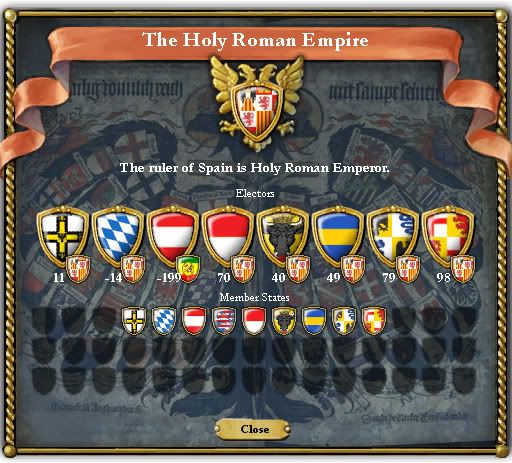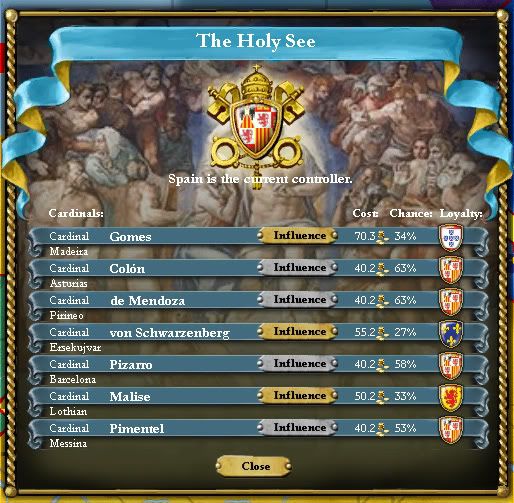This will be a Castile AAR, starting on January 2, 1492. EU3 patch 1.1
Sorry for lack of screenshots, I've played up to 1553 so I'll post some when I get closer to then.
Introduction
On January 2, 1492, the last remnants of Islam were destroyed in Iberia with the capitulation of the Kingdom of Granada. This sparked a new era, the Age of Exploration. Although Portugal had been traveling south along the African coast to find a sea route to India, Castile was looking for a new way. The revolutionary concept was led by Christopher Columbus, and in early 1492, he set sail west to discover what lay beyond the Atlantic Ocean.
The Voyages of Columbus
Four months after Columbus set sail west, he arrived at the islands in the Caribbean. He first made landfall at Puerta Plata, and over the next year came within sight of most of the islands in the Caribbean. After returning to the naval base in the Canary Islands, Columbus set out again in 1496 on his Second Voyage and discovered Cuba, the land surrounding the Gulf of Mexico, and the land between the Maya and the Amazon Delta.
Columbus’ third voyage in 1499 was up the coast of North America from Florida to the frigid north where Columbus landed in Labrador. On the way back to the Canaries, two of the cogs were lost due to an Atlantic storm. In late 1501, Columbus set sail again to the west. On this fourth voyage, when Columbus arrived at Puerta Plata, he turned south instead of north. Traveling past the Amazon Delta Columbus sailed down the Brazilian coast. On March 11, 1502, Columbus came upon a wide estuary, and landed on its south bank. Castile’s second colony was set up there named Buenos Aires, and Columbus’s fleet stayed there for a couple months. The fleet continued southward from Buenos Aires along the coast to Tierra del Fuego where, finding the coastline turning back to the north, Columbus turned back for Buenos Aires. The fleet led by Columbus arrived in Buenos Aires in 1506.
Once at Buenos Aires, Columbus sailed east to map the African continent as the Portuguese had done a decade before. On November 26th, Columbus sighted a small island in the middle of the south Atlantic. The island was named after Saint Helene, mother of Constantine the Great. At the island the crew turned north, and two weeks later reached the Portuguese colony of Fernando Po. Columbus’ fleet then traveled west along the north coast of the Gulf of Guinea and up to the Canaries, arriving in late 1508. Columbus would make two more voyages in his lifetime in 1512 and 1515. Both set out from Buenos Aires to explore the coast of South America beyond Tierra del Fuego. During the voyages, Columbus would pass through the perilous Strait of Magellan twice and sail as far north as the Atacama Desert. Columbus returned to Buenos Aires where he would live the rest of his life, dying in May of 1517.
Sorry for lack of screenshots, I've played up to 1553 so I'll post some when I get closer to then.
Introduction
On January 2, 1492, the last remnants of Islam were destroyed in Iberia with the capitulation of the Kingdom of Granada. This sparked a new era, the Age of Exploration. Although Portugal had been traveling south along the African coast to find a sea route to India, Castile was looking for a new way. The revolutionary concept was led by Christopher Columbus, and in early 1492, he set sail west to discover what lay beyond the Atlantic Ocean.
The Voyages of Columbus
Four months after Columbus set sail west, he arrived at the islands in the Caribbean. He first made landfall at Puerta Plata, and over the next year came within sight of most of the islands in the Caribbean. After returning to the naval base in the Canary Islands, Columbus set out again in 1496 on his Second Voyage and discovered Cuba, the land surrounding the Gulf of Mexico, and the land between the Maya and the Amazon Delta.
Columbus’ third voyage in 1499 was up the coast of North America from Florida to the frigid north where Columbus landed in Labrador. On the way back to the Canaries, two of the cogs were lost due to an Atlantic storm. In late 1501, Columbus set sail again to the west. On this fourth voyage, when Columbus arrived at Puerta Plata, he turned south instead of north. Traveling past the Amazon Delta Columbus sailed down the Brazilian coast. On March 11, 1502, Columbus came upon a wide estuary, and landed on its south bank. Castile’s second colony was set up there named Buenos Aires, and Columbus’s fleet stayed there for a couple months. The fleet continued southward from Buenos Aires along the coast to Tierra del Fuego where, finding the coastline turning back to the north, Columbus turned back for Buenos Aires. The fleet led by Columbus arrived in Buenos Aires in 1506.
Once at Buenos Aires, Columbus sailed east to map the African continent as the Portuguese had done a decade before. On November 26th, Columbus sighted a small island in the middle of the south Atlantic. The island was named after Saint Helene, mother of Constantine the Great. At the island the crew turned north, and two weeks later reached the Portuguese colony of Fernando Po. Columbus’ fleet then traveled west along the north coast of the Gulf of Guinea and up to the Canaries, arriving in late 1508. Columbus would make two more voyages in his lifetime in 1512 and 1515. Both set out from Buenos Aires to explore the coast of South America beyond Tierra del Fuego. During the voyages, Columbus would pass through the perilous Strait of Magellan twice and sail as far north as the Atacama Desert. Columbus returned to Buenos Aires where he would live the rest of his life, dying in May of 1517.
Last edited:


